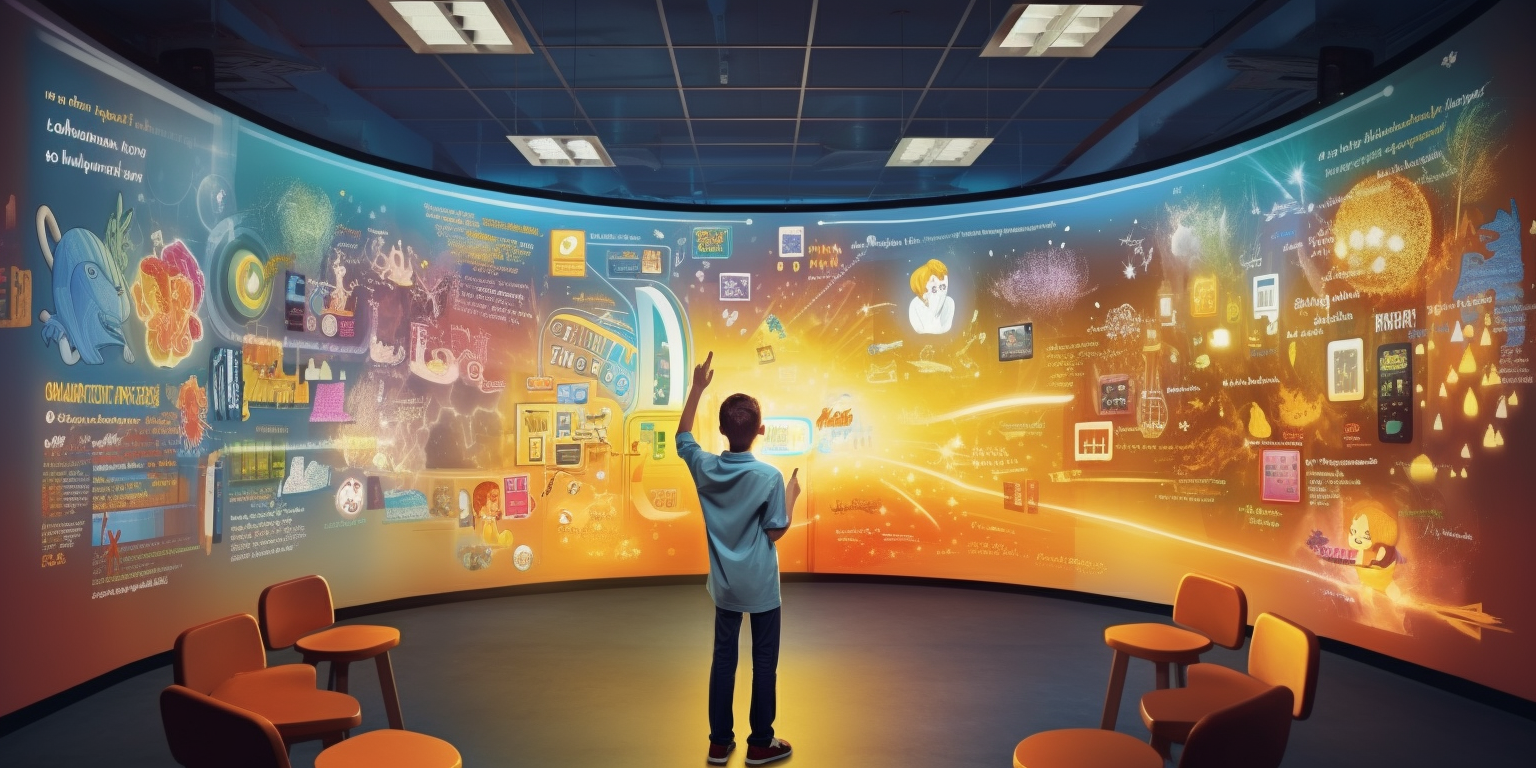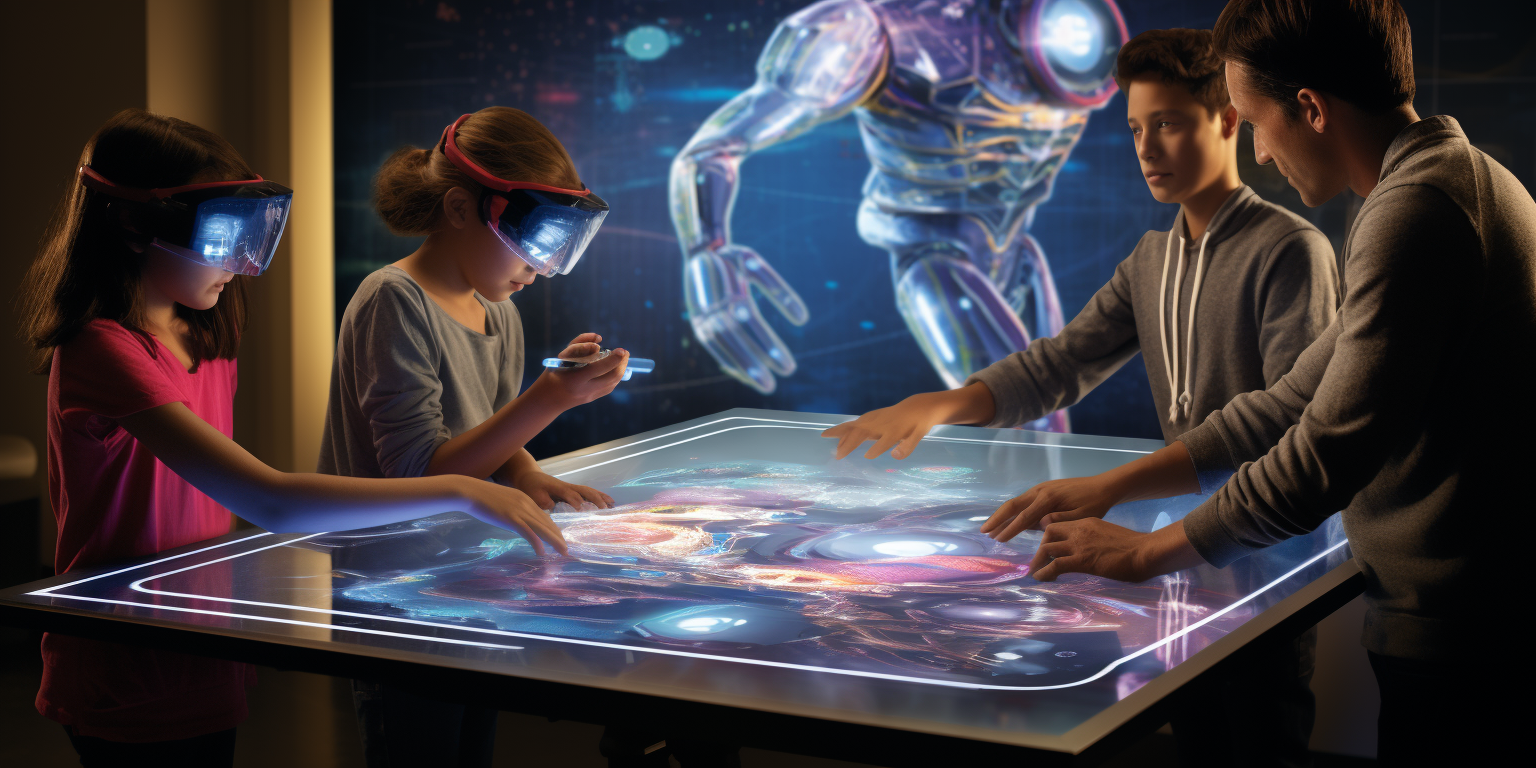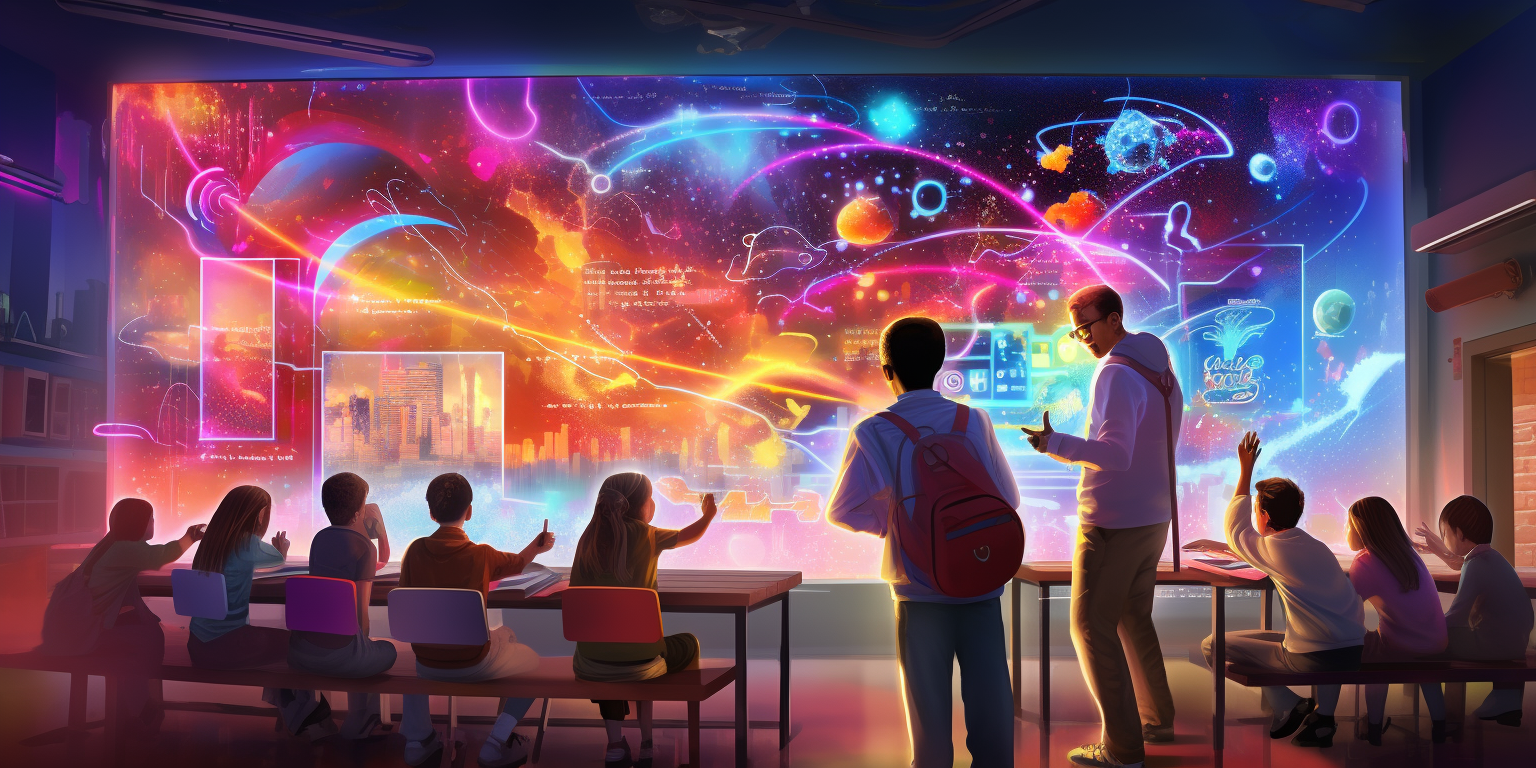
The educational landscape is evolving rapidly, and one of the most significant shifts is the move towards interactive teaching programs. These programs are transforming classrooms into dynamic, engaging environments where students are active participants in their learning journey. But how can educators design and implement these programs effectively? In this guide, we’ll walk you through the steps to create a successful interactive teaching program, with a focus on leveraging cutting-edge technologies like interactive projection systems to enhance the learning experience.
Before diving into the tools and activities, it’s essential to define clear learning objectives. What do you want your students to achieve? Whether it’s improving critical thinking, fostering collaboration, or increasing engagement, having a clear goal will guide your program’s design.
For example, if your objective is to boost student participation, consider how interactive technologies can help. Interactive projection systems, for instance, allow students to engage directly with the content through touch or gestures, making lessons more immersive and hands-on. By aligning your objectives with the right tools, you can create a program that delivers measurable results.
The success of your interactive teaching program depends heavily on the tools you choose. While there are many options available—from VR headsets to educational apps—interactive projection technology offers a unique blend of flexibility and functionality.
Unlike traditional whiteboards, which are often limited in responsiveness and versatility, interactive projection systems can turn any surface into a dynamic touchscreen. This means you’re not confined to a single device or location; instead, you can create interactive experiences anywhere in the classroom.
For instance, imagine teaching a biology lesson where students can “dissect” a virtual frog by simply touching the projected image. Or consider a history class where students explore ancient civilizations through an interactive timeline. These experiences not only capture students’ attention but also deepen their understanding of the subject matter.

Once you’ve selected your tools, the next step is to design activities that maximize their potential. The key is to create experiences that are both educational and engaging. Here are a few ideas:
Collaborative Projects: Use interactive projection systems to facilitate group work. For example, students can work together to solve a projected puzzle or create a shared digital presentation.
Gamified Learning: Incorporate game-like elements such as points, badges, and leaderboards to motivate students. Interactive projections can bring these games to life, making learning feel like play.
Real-Time Feedback: Use technology to provide instant feedback. For instance, students can answer quiz questions on a projected screen and immediately see their results, helping them learn from their mistakes.
By designing activities that leverage the strengths of your tools, you can create a program that keeps students engaged and excited to learn.

Implementation is where your planning comes to life. Start by training your educators on how to use the technology effectively. This ensures that they feel confident and can fully utilize the tools at their disposal.
Next, test the program with a small group of students to identify any potential issues. Collect feedback from both teachers and students to understand what’s working and what needs improvement.
For example, if you’re using interactive projection systems, monitor how students interact with the technology. Are they able to use it easily? Does it enhance their learning experience? Use this data to refine your program and ensure it meets your objectives.
No program is perfect from the start, and continuous improvement is key to long-term success. Regularly evaluate your program’s effectiveness by analyzing student performance, engagement levels, and feedback.
For instance, if you notice that students are struggling with a particular activity, consider revising it or providing additional support. Similarly, if a specific tool isn’t delivering the expected results, explore alternative options.
Interactive projection systems often come with built-in analytics tools that can help you track student progress and identify areas for improvement. By leveraging these insights, you can ensure that your program evolves to meet the changing needs of your students.
As technology continues to advance, the possibilities for interactive teaching programs are endless. Emerging trends like AI-driven personalized learning and augmented reality (AR) are set to revolutionize the classroom experience.
For example, imagine a future where AI analyzes each student’s learning style and tailors the content accordingly. Or consider the potential of AR to overlay digital information onto the physical world, creating immersive learning experiences that were once unimaginable.
By staying ahead of these trends and incorporating them into your program, you can ensure that your students are prepared for the future. And with tools like interactive projection systems, you’ll have the flexibility to adapt to these changes seamlessly.
At klmultmedia, we're passionate about empowering educators to create dynamic, engaging learning environments. Our interactive projection systems are designed to make interactive teaching programs easier to implement and more effective than ever before.
With features like touch and gesture control, seamless multimedia integration, and real-time feedback, our solutions provide everything you need to transform your classroom. Whether you’re looking to boost student engagement, foster collaboration, or prepare your students for the future, we’re here to help.
Ready to take the next step? Contact us today to learn more about how our interactive projection systems can support your interactive teaching program. Let’s work together to create a brighter future for education.
Designing and implementing an effective interactive teaching program may seem daunting, but with the right tools and strategies, it's entirely achievable. By following the steps outlined in this guide—defining your objectives, choosing the right tools, designing engaging activities, and continuously improving—you can create a program that transforms your classroom and empowers your students to succeed.
content is empty!